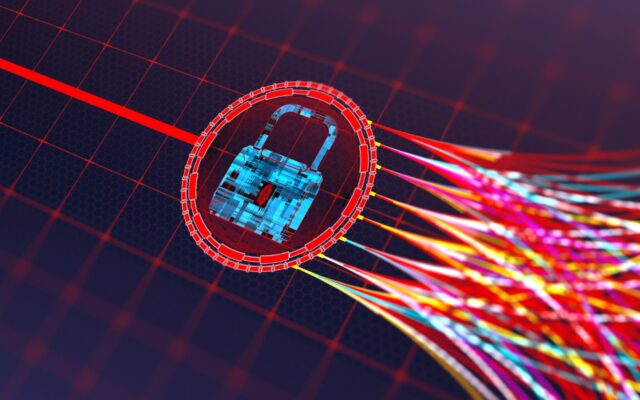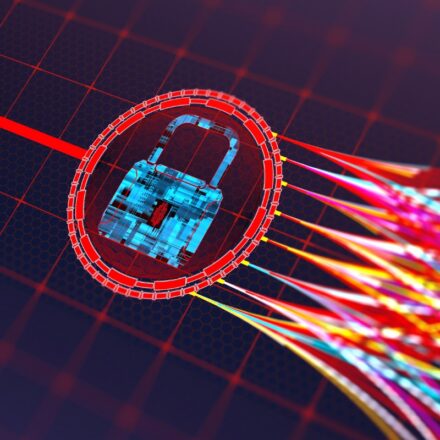Generative AI (GenAI) represents a significant turning point for cybersecurity both as a challenge and a solution. GenAI encompasses systems that can understand, learn, adapt to and implement knowledge across a broad array of tasks, much like a human would. The intersection of GenAI and cybersecurity is viewed through these two lenses:
-
- GenAI represents an application workload that needs to be afforded all the security necessary to keep the data and applications safe.
- GenAI is also a partner technology helping to protect IT environments with greater sophistication and scale.
As the capabilities of GenAI expand, so do the associated security concerns. For example, there are more convincing digital spoofing, phishing attacks and activities posing an immediate risk to digital users. In addition, there are cases in which GenAI has been trained and can solve CAPTCHA, creating more opportunities for bad actors to perform malicious activities. GenAI’s rapid automation capabilities can swiftly incorporate new and potent tools, such as ransomware-as-a-service and advanced hacking techniques. These capabilities enable GenAI to address emerging vulnerabilities at an unprecedented pace, allowing malware to adapt and evolve in real-time, escalating the prowess of threat actors.
GenAI’s capability extends to creating convincing deepfakes, producing eerily realistic videos, audio or images. Additionally, nation-states are harnessing GenAI in their cyberwarfare strategies, marking a new frontier in combat.
In each case, the consequences can be used to generate and spread propaganda at scale, which could be used to influence public opinion and elections or even incite violence. Attacks also have the risk of being used in nefarious ways and can be used to infringe on personal privacy. As the lines blur between what’s real and what’s AI-generated, trust in digital content, communications and systems may erode.
GenAI systems can also be targets for adversarial attacks, and their functionality can be used maliciously if not properly secured. Securing these environments begins by implementing trusted devices and trusted infrastructure that have strong access control measures to prevent unauthorized access and the potential misuse of the system. Additionally, because GenAI systems rely on vast amounts of data for learning and decision making, ensuring the privacy and integrity of this data is crucial. To ensure the security of the data, capabilities like data classification, encryption, secure data storage, data protection and transmission techniques must be in place. Putting in place regular audits, bias mitigation techniques and ethical guidelines are also necessary to alleviate these biases.
All of this points to the fact that GenAI has the potential to be a large threat to our digital world. It’s not, however, all doom and gloom. GenAI can also be a key ally in our fight against cyber threats, opening novel avenues to protect businesses in an ever-evolving threat landscape. GenAI will be key to helping organizations reduce their threat landscape with better predictive tools to recognize how attacks could happen. In addition, GenAI can help with more prescriptive, personalized training for people to help correct unintended behaviors. GenAI can also help to improve the efficacy of threat detection and response with its ability to analyze vast amounts of data quickly. It can help mitigate potential damage and recover from cyberattacks, at scale, with its automation capabilities. Overall, GenAI will help companies to not only increase efficiency but also augment the security skills gap by freeing up human security personnel to focus on more strategic and complex tasks.
There is no question that GenAI can help companies drive their innovation objectives. That said, GenAI represents a dual-edged sword for cybersecurity. On the one hand, it brings new challenges that require us to rethink and evolve our cybersecurity strategies and protect our large language models (LLM). On the other hand, it promises improved threat detection and response, predictive capabilities and operational efficiency. The key lies in utilizing GenAI’s benefits while proactively addressing the risks through robust security measures, continuous monitoring, regular updates and patching and an ever-evolving approach to data privacy and ethics. As we step into the GenAI era, the relationship between AI and cybersecurity will continue to be one of symbiotic evolution.


